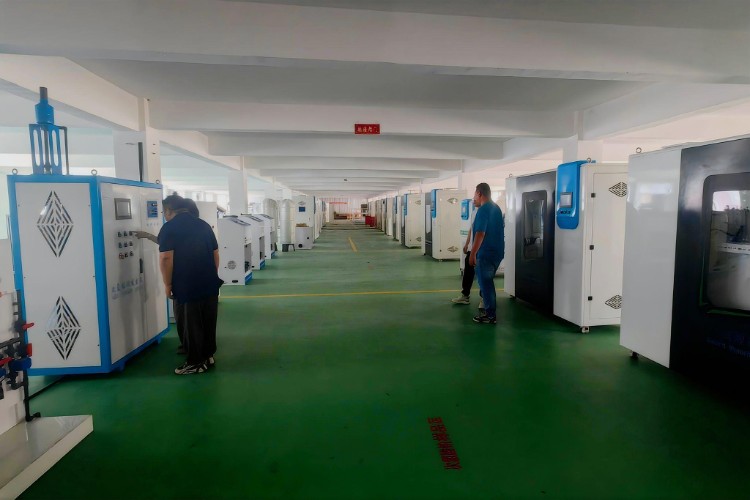Pure Power: Sodium Hypochlorite Generators

Why We Trust Sodium Hypochlorite Generators
When we talk about clean water, emotions run high. We want safety for our families, our farms, and our factories. A Sodium Hypochlorite Generator for Water Treatment gives us that trust.
It uses basic salt and electricity to create a powerful water disinfectant. The best part? It avoids the dangers of handling chlorine gas or other hazardous material.
What Is a Sodium Hypochlorite Generator?
A generator that produces sodium hypochlorite works through an electrolytic cell. The process sounds scientific, yet it’s quite simple. Salt dissolves in water.
Electricity passes through the electrolytic cell. The cell design converts it into a sodium hypochlorite solution.
Why It Beats Old Methods
No need to transport gas chlorine
No bulky hazardous material storage
Fresh sodium hypochlorite solution on demand
Safer for operators and nearby communities
That’s why more industries adopt site generators over chlorine gas systems.
How Site Hypochlorite Generation Works
We love telling people how it works because it feels like magic mixed with science. Salt water enters the electrolytic cell. Electric current flows. Out comes sodium hypochlorite solution ready for water treatment.
Steps in Action
Add salt to water
Pump it into the electrolytic cell
Apply electricity
Collect sodium hypochlorite solution
Dose the water treatment system
Every step avoids high-risk material and still delivers strong disinfection.
Benefits of Sodium Hypochlorite Generators
We believe in the technology because we see the results every day.
Safety First
No need for gas chlorine cylinders. No hazardous transport. Workers stay safe.
Reliability
Fresh sodium hypochlorite means no loss of potency. Stored bleach loses strength over time, but site generators avoid that problem.
Cost Control
Salt and electricity cost less than transporting hazardous material. That’s good news for budgets.
Flexibility
Generators scale to match water flow. Small communities or large cities can both rely on them.
Comparing Sodium Hypochlorite and Chlorine Gas
Let’s face it. Gas chlorine scared us for years. It disinfects well, but it poses danger at every step. Site generators changed the game.
Key Differences
Gas chlorine = high risk, low convenience
Sodium hypochlorite generators = low risk, high convenience
Chlorine gas requires complex handling systems
Site generators need only salt, water, and electricity
That’s why many utilities already phased out gas chlorine.
Inside the Electrolytic Cell
The cell design plays the hero role here. It drives the reaction that turns salt water into a water disinfectant. Electrodes guide the ions.
Voltage and current control the strength. A well-built cell lasts for years and reduces maintenance costs.
Why Cell Design Matters
Better efficiency means lower energy bills
Stronger output per kilogram of salt
Longer service life reduces downtime
Where We See Them in Action
Our excitement grows when we see these systems in real life. We’ve watched site hypochlorite generation improve water safety in:
Common Applications
Municipal drinking water treatment
Industrial cooling towers
Wastewater plants
Food and beverage factories
Power plants
Every place that needs safe water can benefit from sodium hypochlorite generators.
Why We Choose On-site Hypochlorite Systems
When we looked at alternatives, nothing matched the peace of mind. An On-site Hypochlorite System means less risk, less cost, and more control.
No waiting for shipments. No sleepless nights about hazardous material storage. Just reliable water disinfectant when we need it.
Future of Water Treatment
We feel proud to be part of this change. As more regions face water scarcity and stricter safety standards, sodium hypochlorite generators shine as the solution. They combine simple ingredients—salt and electricity—with smart engineering. And they replace dangerous gas chlorine with safe, clean, and fresh water disinfectant.
Quick Takeaways
Sodium Hypochlorite Generators turn salt and electricity into water disinfectant
Electrolytic cells drive the reaction with efficient cell design
Safer than gas chlorine with no hazardous material transport
Reliable and fresh sodium hypochlorite solution every day
Used worldwide in drinking water, wastewater, food factories, and power plants
